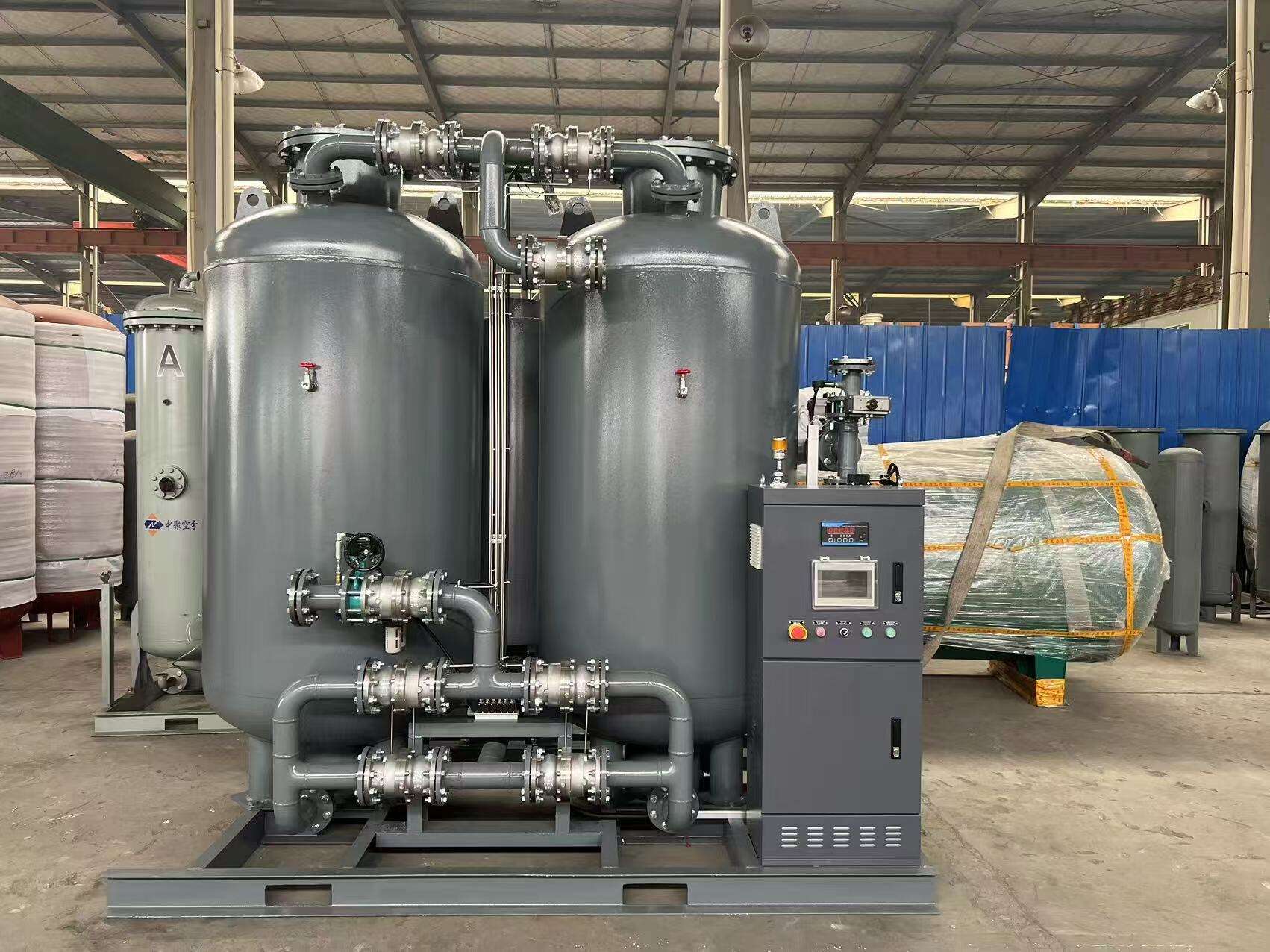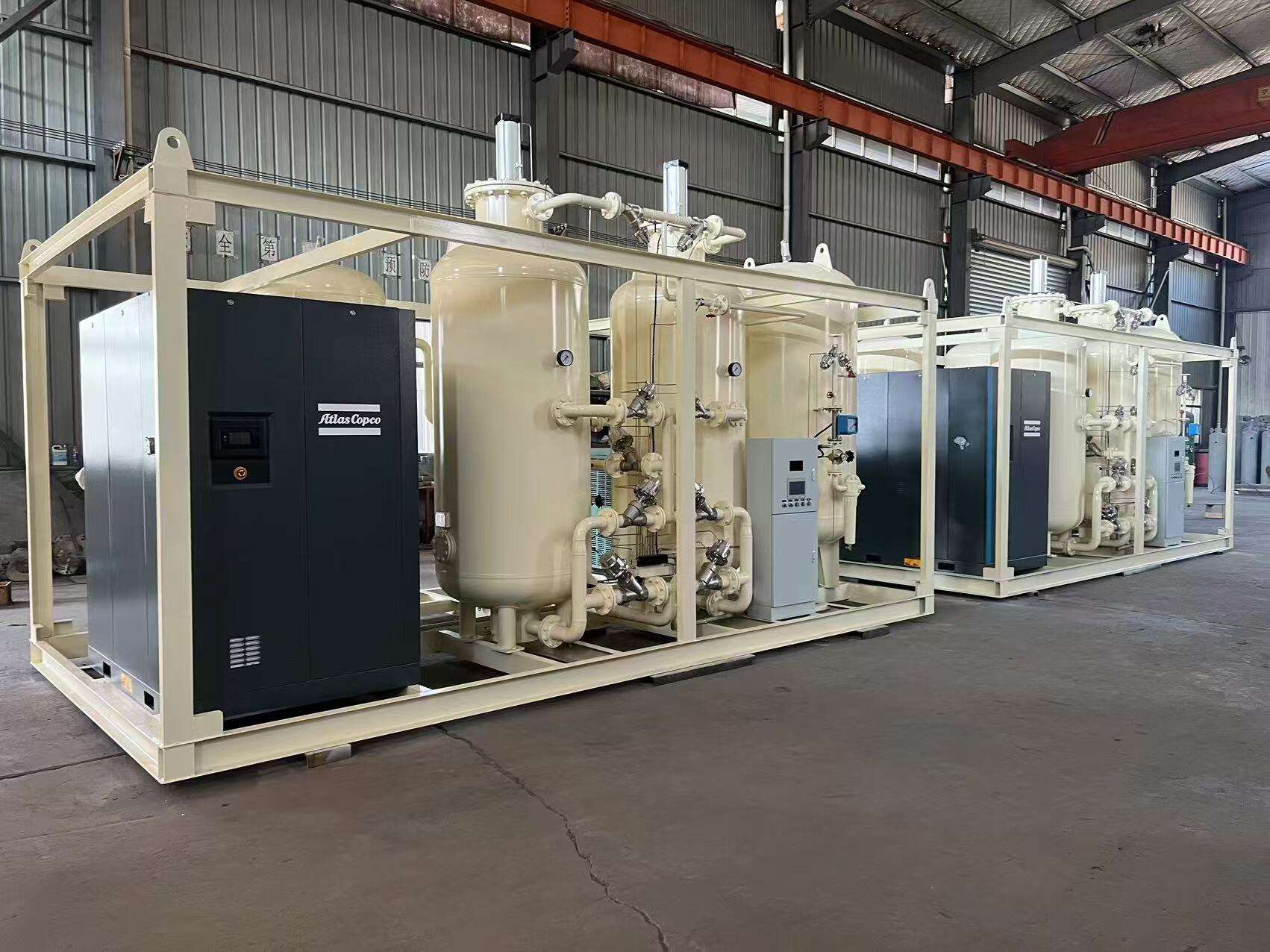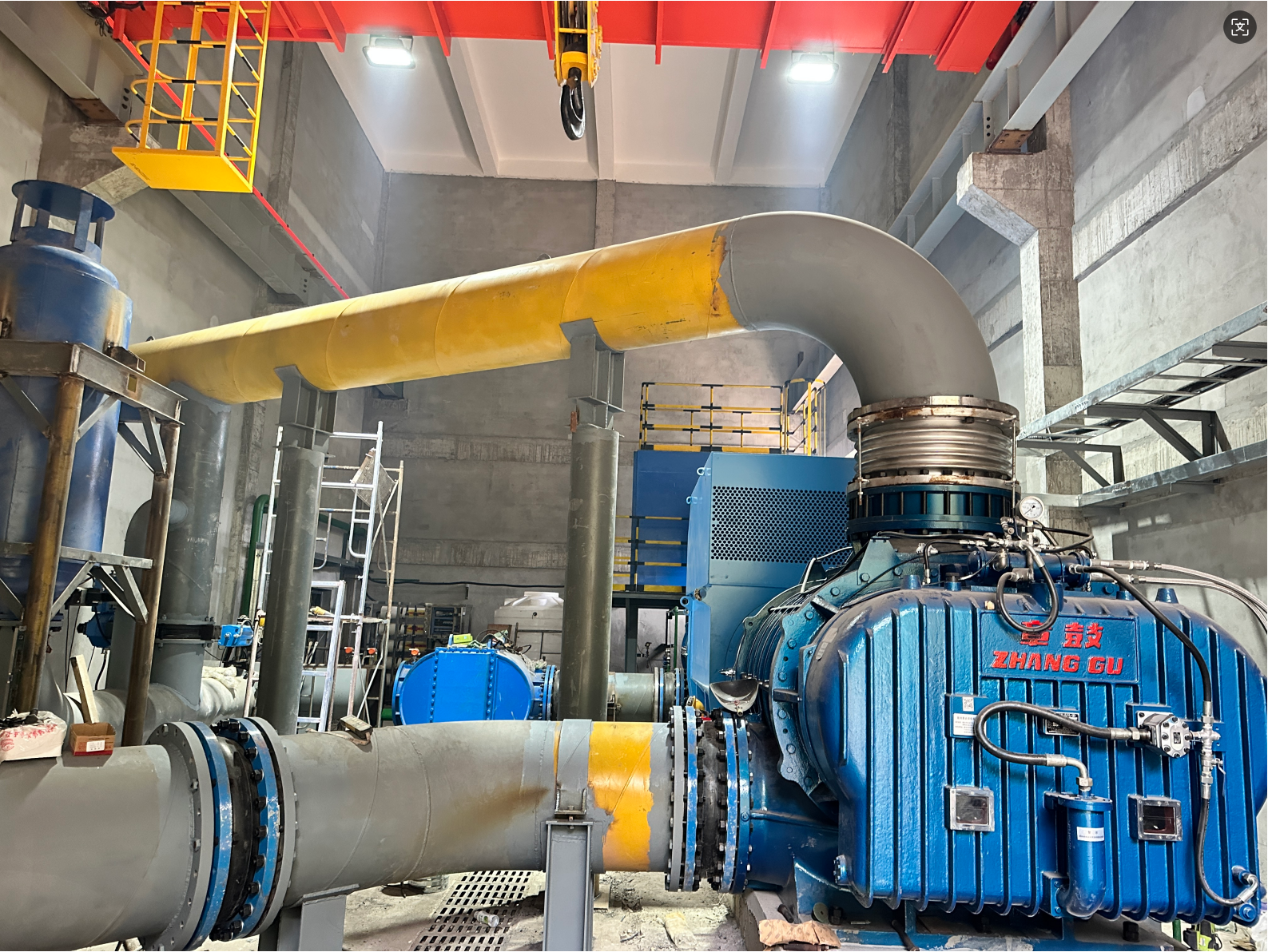ऑक्सीजन केंद्रित्रीयक लिए अणु सिव
ऑक्सीजन सेंट्रेटर्स के लिए मोलिक सीव्स आधुनिक चिकित्सा और उद्योगीय गैस वियोजन प्रौद्योगिकी में एक महत्वपूर्ण घटक है। ये विशेषज्ञ उपादान, आमतौर पर जीओलाइट क्रिस्टल से बने होते हैं, जो एक सटीक अवशोषण प्रक्रिया के माध्यम से वातावरणीय हवा में ऑक्सीजन को नाइट्रोजन से अलग करते हैं। मोलिक सीव्स नाइट्रोजन अणुओं को चुनौतीपूर्वक अवशोषित करते हैं जबकि ऑक्सीजन को गुज़रने देते हैं, इस प्रकार ऑक्सीजन की सांद्रता को लगभग 21% से लेकर 95% तक बढ़ा देते हैं। यह प्रौद्योगिकी जीओलाइट क्रिस्टल के सटीक छेद की डिमागी पर निर्भर करती है, जो नाइट्रोजन अणुओं के गतिज व्यास को मिलाने के लिए डिज़ाइन की जाती है। संचालन के दौरान, दबाव वाली हवा सीव्स बेड़ के माध्यम से गुज़रती है, जहाँ नाइट्रोजन अणु क्रिस्टल संरचना के भीतर फंस जाते हैं जबकि ऑक्सीजन अणु प्रणाली के माध्यम से आगे बढ़ते हैं। इस प्रक्रिया को 'डब्ल्यू डब्ल्यू ए' (PSA) के रूप में जाना जाता है, जो अवशोषण और विपरित अवशोषण चक्रों के बीच बदलता है ताकि ऑक्सीजन का निरंतर उत्पादन बनाए रखा जा सके। मोलिक सीव्स की दृढ़ता और कुशलता चिकित्सा ऑक्सीजन सेंट्रेटर्स के लिए आवश्यक बन जाती है, जो स्वास्थ्य सेवा स्थानों में उपयोग की जाती हैं और उच्च-शुद्धि ऑक्सीजन की आवश्यकता वाले उद्योगीय अनुप्रयोगों के लिए। सामग्री की क्षमता लगातार प्रदर्शन करने की हज़ारों चक्रों के दौरान, विषाक्तता और नमी के प्रति प्रतिरोध के साथ, आवश्यक अनुप्रयोगों में विश्वसनीय संचालन सुनिश्चित करती है।


